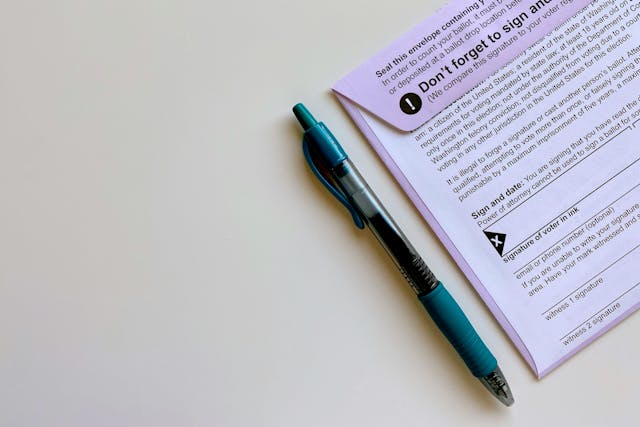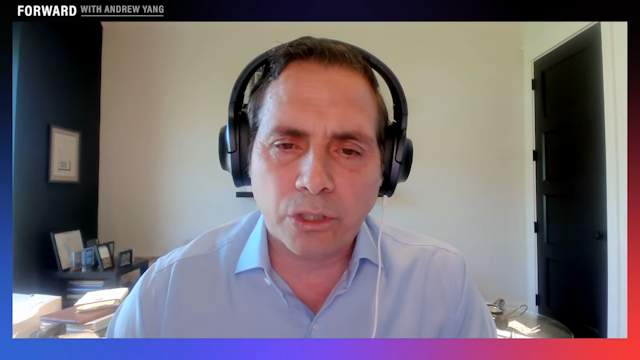Iowa Primary: 40% of Voters Locked Out of Voting Process

The race to represent Iowa’s 3rd Congressional District in Congress was crowded, at least for one party. Iowa held statewide primary elections on Tuesday and registered Republicans had a slew of candidates from which to choose, which splintered the vote and prevented a nominee from being crowned. The nominee will be chosen at a convention on June 21.
Incumbent Rep. Tom Latham, a 10-term incumbent, announced his upcoming retirement in December. Latham gave no specific reason for leaving except for wanting to spend more time with his family. Since his announcement, several Republican candidates have jumped into the race for an official endorsement from the Iowa GOP: Joe Grandanette, Matt Schultz, David Young, Brad Zaun, Robert Cramer, and Monte Shaw.
According to a May 20 poll conducted by Loras College (see Table 1), 50.3 percent of likely Republican primary voters were undecided. To win the party’s nomination in the primary, a candidate had to receive at least 35 percent of the vote. Brad Zaun led the polls leading up to the primary and picked up the biggest share of votes (see Table 2), but not enough to secure the nomination.
Table 1. Republican May 20 Poll, Iowa 3rd District
Candidates
% Respondents
Brad Zaun
17.4 percent
Robert Cramer
8.3 percent
David Young
8.0 percent
Matt Schultz
7.6 percent
Monte Shaw
5.3 percent
Undecided
50.3 percent
Table 2. Republican Primary, Iowa 3rd District
Candidates
% Vote
Brad Zaun
24.7 percent
Robert Cramer
21.2 percent
Matt Schultz
20.1 percent
Monte Shaw
16.9 percent
David Young
15.6 percent
Joe Grandanette
1.6 percent
While Zaun so far has the support of a plurality of Republican voters, he trails in the fundraising circuit in what is turning into a big money race. Monte Shaw led the field going into the primary with over $200,000 raised. To his credit, his funds are not due to any big check donations.
Meanwhile, the Democrat Party has all but chosen its candidate, former state senator Staci Appel. She ran unopposed in the Democrat primary.
Appel is a part of the DCCC’s "Jumpstart Program," which helps candidates prepare to run for high-priority seats, and her campaign coffers are overflowing because of it. She has raised over $750,000 and has just under $500,000 on hand (as of April).
The Cook Political Voter Indexscores the district as “even” and the Rothenberg classifies it as a “pure toss up.” Barack Obama won the district with 51 percent of the vote in 2012. According to Independent Voters of Iowa, nearly 40 percent of registered voters in the state identify as independent, a larger voting bloc than both Democrats and Republicans.
Yet, Iowa election laws only recognize the Democrat Party and GOP as official political parties and only allow their candidates to appear on primary ballots.
Establishing a party recognized by the state of Iowa is an elaborate, difficult task. The party must field a presidential or gubernatorial candidate and he or she must win at least two percent of the vote for that office in the general election.
If successful, the nascent organization then must file an application with the secretary of state within a year of the election. If the application passes, the party’s candidates for governor or president must continue to win at least two percent of the vote in the elections for that office.
Independent candidates unaffiliated with any party or organization can access the general election ballot for U.S. House races by filing a petition with at least 375 signatures from the district and an affidavit form with the secretary of state by 5 p.m. 81 days before the election (August 15). So far, no independent candidates have emerged.
Photo Credit: AP



